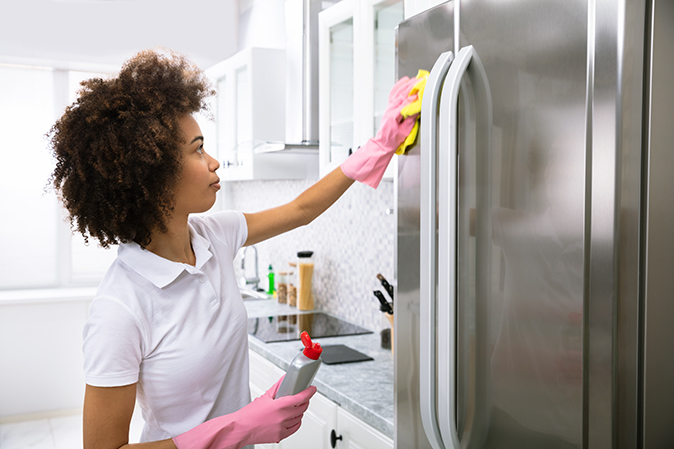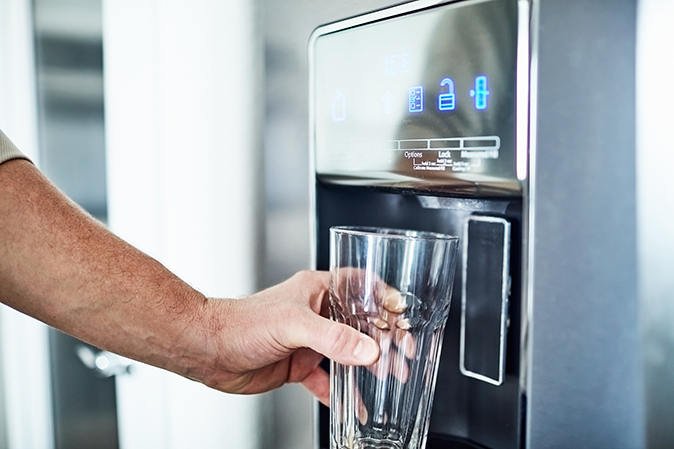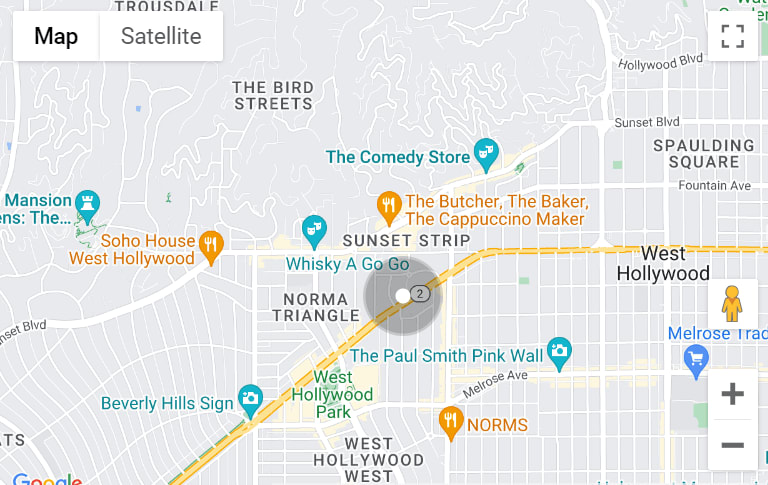Your refrigerator is one of the hardest working appliances in your home. Without it, you wouldn't have many of the nutritious foods and beverages that keep your family happy and healthy every day. Even with a warranty, there are some regular tasks you need to perform to make sure your fridge stays in good shape.
In this fridge cleaning guide, we'll go over some tasks to keep the most important parts of your appliance functioning normally, as well as to help you prevent the growth of harmful bacteria that can turn mealtime into a disaster.
How to Clean the Outside of Your Refrigerator
While the inside of your appliance might seem like the most likely place to begin cleaning fridges, the outside is easiest to clean, and you'll likely disinfect this portion more often. If you live in a large household, you know that the outside of your refrigerator can easily become covered with food smudges and grime from dirty hands. Stainless steel refrigerator owners are especially aware of how quickly fingerprints and smudges can accumulate. Not to mention, washing away bacteria from handles and doors can be just as important as disinfecting the interior.
Here are the steps to clean the outside of the fridge, which should be done about once a week.
- Collect a clean rag, microfiber cloth, or sponge. For a cleaning solution, you can use warm water and dish soap; some people prefer a mixture of vinegar and warm water, but this is not recommended for stainless steel refrigerators.
- Apply your cleaning solution to the outside of your fridge in a circular motion. Clean fridge doors diligently, but do not use the cleaning solution on the portions of the back or bottom of the appliance that contain the motor or other working parts.
- Wipe off the cleaning solution with a damp cloth or towel. Then dry with a clean cloth.

Pro tip: If you have a stainless steel refrigerator, use a polishing solution and a clean cloth to polish the metal parts of the exterior in a circular motion.
How to Clean the Inside of Your Refrigerator
Since the air inside your refrigerator circulates, foodborne bacteria can quickly spread between food items; this is why it's so important to clean the inside of fridges roughly every three months. You can follow these steps:
- Turn off your refrigerator. While it is possible to perform refrigerator cleaning tasks with the appliance on, the colder the interior, the harder it can be to remove food debris. The items in your freezer should remain cold throughout the cleaning process as long as you don't open the freezer door.
- Remove the food and beverages from your refrigerator and place them in a cooler. Then, remove any shelves, trays, and other accessories and place them in your sink for cleaning.
- Using a clean cloth and a solution of hot water and dish soap, wipe down the entire interior of your refrigerator from top to bottom. Don't forget to clean fridge door interiors, lightbulbs, vents, and any nooks where bacteria could be hiding. Wipe off the soapy solution with warm water and a clean cloth, then wipe down the entire interior with a dry one.
Refrigerator Cleaning tip: To sanitize your fridge, after washing with soapy water, repeat the process with a solution of one tablespoon of bleach per gallon of water then rinse and dry. - Using a sponge and warm soapy water, clean the rubber gasket around the edge of your refrigerator door, and then dry. This helps ensure that your appliance keeps cold air properly sealed inside.
- Clean shelves, trays, and doors with room-temperature water and dish soap in your sink. Dry with a clean towel and place these accessories back into the fridge.
- Remove food from the cooler and place it back into your clean refrigerator. Then power the appliance back on.
How to Clean Fridge Coils
Condenser coils are located on the back or bottom of your refrigerator and are crucial in the process of turning liquid refrigerant into a gas and back again, which is what keeps your food cold. The best way to clean fridge coils is by going over them with a vacuum using the crevice attachment, but sometimes wiping them with a dry cloth or paper towel will do. This important refrigerator maintenance step should be performed every six months to prevent straining your fridge's motor. Be sure to consult your owner’s manual before you get started.
For more maintenance tips, browse our Guide to Refrigerator Maintenance 101.
How to Clean a Fridge's Water Dispenser
If you have a refrigerator with a built-in water dispenser, here are tips to prevent bacteria and mildew from collecting. Gently wipe down the dispenser's nozzle every month or so with a routine you can perform every six months for a clean fridge water dispenser. And for more in-depth information, take a look at A Guide for Cleaning Your Refrigerator Water Dispenser.
- Use your owner’s manual to locate the water valve on your refrigerator (it's typically on the bottom of the appliance). Turn the water valve until it's fully shut off.
- Mix a solution of half warm water and half filtered white vinegar. It's a good idea to make plenty of this solution, as you'll need more later. Dip a cloth, sponge, or toothbrush in the solution and clean around the dispenser nozzle.
- Pour additional vinegar-based cleaning solution into a separate bowl or container. Carefully remove the water dispenser tray and allow it to soak in this solution for several minutes before rinsing and drying it.
- Dip a straw brush or pipe cleaner in the same solution and insert the cleaning tool into the dispenser tube (depending on the model, you may have to unscrew or pull off the dispenser's tip to access the tube). Move the cleaning tool up and down and swirl it in a circular motion.
- At the back of your refrigerator, locate the connection for the water line; you may need to remove the back casing of your fridge or consult your operator's manual to find it. Then pour roughly three cups of undiluted vinegar down the water line, being sure to hold the exposed end up so it can drain. Once you see the vinegar begin to move down the water line, reconnect the hose to the water hookup.
- Turn the water valve back on and run water through the dispenser for a few minutes until the vinegar smell goes away. Replace the dispenser tray and wipe down the dispenser with a clean, wet cloth or sponge.

With a bit of elbow grease and the knowledge of how to clean a fridge, you can now keep this appliance looking great, operating optimally, and free from harmful bacteria. For another way to keep your refrigerator working properly.
The contents of this article are provided for general guidance only. Content is compliments of First American Home Warranty and does not assume any responsibility for losses or damages as a result of using this information.
Please be aware that if you disassemble a covered system or item, it can invalidate your home warranty or manufacturer's warranty.
